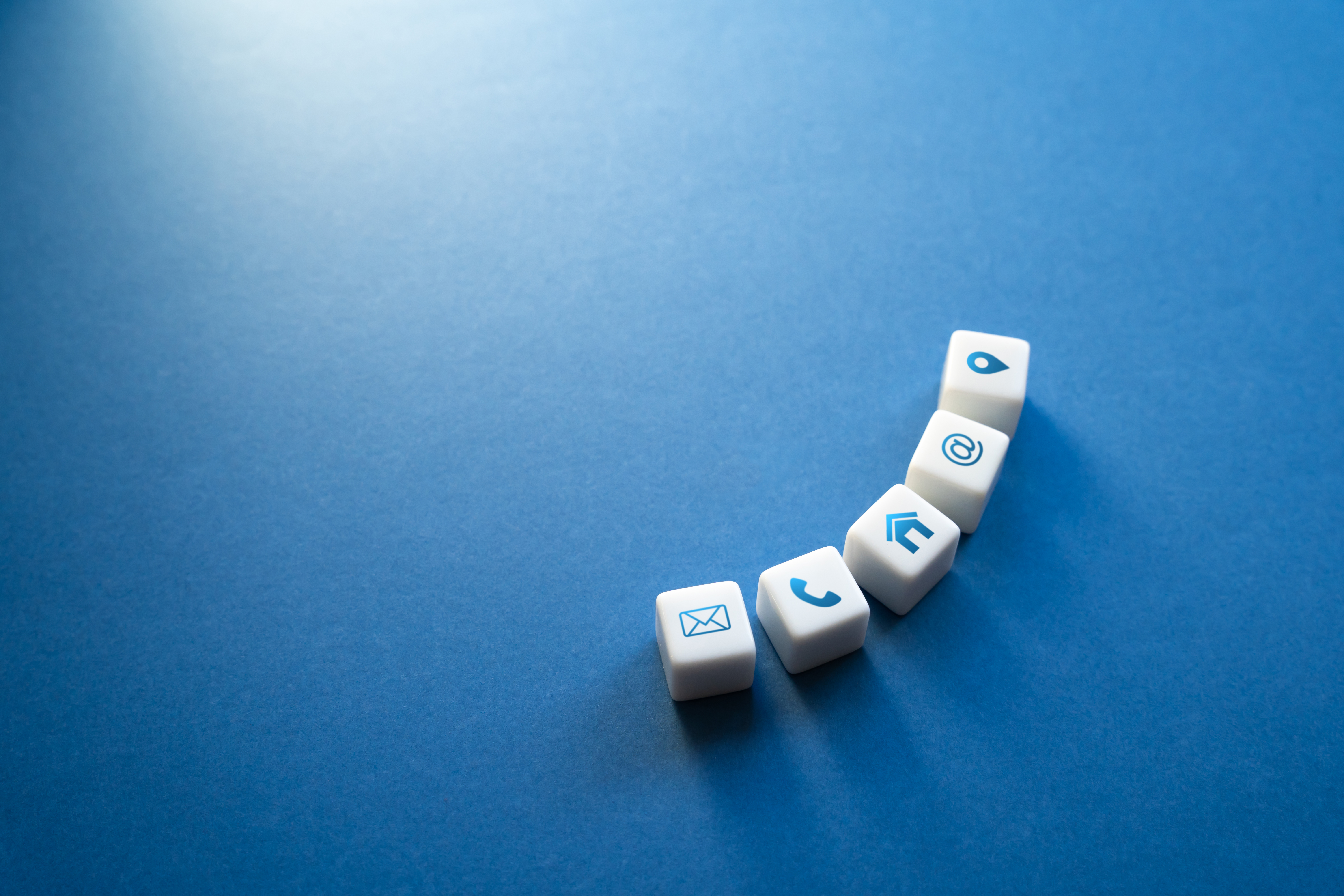Blog
DE MADRID Y DEL GRIFO
In our blog you will find tips to save water and learn how we work to convey it with the best quality to your tap in Madrid
DE MADRID Y DEL GRIFO
In our blog you will find tips to save water and learn how we work to convey it with the best quality to your tap in Madrid
FROM MADRID'S TAP

Suscríbete al blog
WHAT PART OF SPAIN CONSUMES THE LEAST BOTTLED WATER?
Madrid is the Spanish region with the lowest annual per capita consumption of still bottled water, according to the Household Consumption Database of the Ministry of Agriculture, Fisheries and Food

Although Spain is one of Europe’s biggest producers of bottled water, consumption varies significantly between regions. In terms of per capita consumption, Madrid is the region with the lowest domestic consumption of non-carbonated bottled water, according to the Household Consumption Database of the Ministry of Agriculture, Fisheries and Food.
So, while the Spanish average is 59.46 litres per person per year, Madrid residents only consume 16.7 litres a year. Along the same lines, only a third of households in the Madrid region buys bottled water, a rate of barely 32.62 %. This percentage is also below the national average of 49.4 %. At the opposite end of the range are the island regions: in the Balearic Islands, the percentage of households buying mineral water is 63.69 %, and in the Canary Islands, 71.1 %.
In addition to the archipelagos, the regions most prone to consuming still bottled water are Valencia and Murcia. At the other end of the scale, apart from the aforementioned Madrid, which leads the ranking, the households of the Basque Country and Navarre consume the least bottled water.
This shows that the people of Madrid trust the extraordinary quality of their tap water: more than 96 % say they drink water supplied by Canal, according to a study carried out by the agency Madison MK. The success of Madrid’s water is based on attributes that reinforce its quality and good taste: it’s soft water, with low mineral content and low in sodium.
Geography is also kind to the people of Madrid, as their reservoirs are located in granite areas that produce water with low salinity, so it tastes better. And Canal strives to do better than legal requirements in terms of treatment and care for the quality of the water it supplies. From the source of supply to users’ taps, the company employs state-of-the-art technologies and carries out exhaustive checks –6 million analyses per year– to ensure that Madrid’s residents have excellent water.
CONSUMING TAP WATER: SUSTAINABLE AND ECONOMIC
Tap water consumption has significant advantages, mainly from an economic and environmental perspective. It cuts down the consumption of bottled water, reducing the environmental costs of transporting bottles and bulk containers, but also saves money for households.
In money terms, a litre of tap water in Madrid costs on average just over €0.0015. The same amount of bottled water, according to the latest report by the Ministry of Agriculture, Fisheries and Food, costs on average €0.21: more than a hundred times as much. In short, each Madrid resident would spend around €4.30 a year by buying still bottled water to be consumed at home. The national average would be €11.85 per person per year.
Another important factor with tap water consumption is its smaller plastic footprint. Using glass bottles or jars is a good idea. If you fill them with tap water and store them in the fridge, you always have the best chilled, refreshing water for drinking. And all this almost free of charge and without having generated any plastic waste.
We have received your comment correctly.
It will be published very soon. Thank you very much!
Volver
Suscríbete al blog
